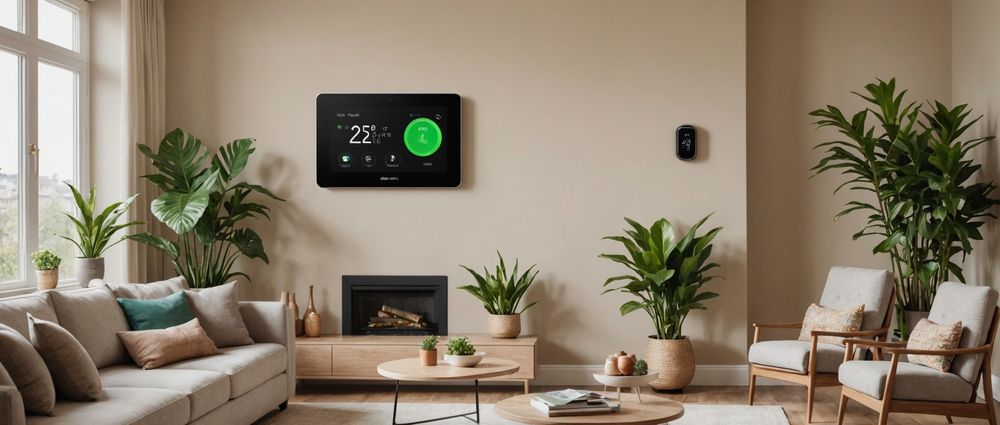When it comes to the CR2032 battery, commonly used in small electronic devices like calculators, watches, and key fobs, users might find themselves in a scenario where they need to recharge a rechargeable 2032 battery with a charger, but do not have access to one. While it’s not standard practice, it is possible to charge a CR2032 battery, specifically a rechargeable coin cell battery, without a charger by using alternative methods such as inductive charging, high-wattage resistors, or a DIY solar charger. These are unconventional means and may lead to battery damage if not performed carefully. This article will delve into the various alternative charging methods that one could potentially employ when a charger is not available.
Understanding CR2032 Batteries
CR2032 batteries, known as rechargeable button batteries when they allow for recharging, are small, button-shaped cells renowned for their long life and reliability. As lithium rechargeable batteries, they use lithium as the anode and are thus classified as lithium coin cell batteries. Owing to their stable voltage and low self-discharge rates, these batteries are optimal for long-term use in devices requiring minimal power consumption. The label ‘2032’ indicates their physical dimensions: 20mm in diameter and 3.2mm in height. Understanding the chemistry and construction of a CR2032 battery is crucial, especially if it’s a rechargeable variant that one intends to recharge button cell battery without using a dedicated charger.

Importance of Proper Charging
Proper charging is crucial for the safety and longevity of batteries, especially when it comes to rechargeable coin cell batteries like the CR2032. Lithium batteries are particularly sensitive to charge conditions, and improper charging techniques can induce overheating, leakage, or even explosion. Hence, most chargers have mechanisms to regulate both voltage and current when charging. When using unconventional charging methods, it is imperative to take extra measures to ensure safety and maintain battery integrity, as the risks are significantly higher without the safeguards built into standard chargers.
Alternative Charging Methods
- Inductive Charging Techniques: Inductive charging provides a way to transfer electricity via an electromagnetic field. While this method generally requires a specialized pad, it is possible to jury-rig a charging setup that can recharge a rechargeable 2032 battery with charger-like efficiency, though these setups are less common.
- Using a High-wattage Resistor: This is a more hands-on approach that needs electrical knowledge. A high-wattage resistor can be used as part of a basic circuit to create a crude charging station for your rechargeable coin cell battery. However, correctly choosing the resistor value is critical to prevent the battery from receiving too much current, which can be damaging.
- Utilizing a DIY Solar Charging Setup: Solar power is a renewable source that can effectively charge batteries. You can fashion a solar charger by connecting a small solar panel to the battery, making sure to include the right resistors—and possibly a charge controller—to ensure safe and effective charging. Here is a simple list of components you’d need to create your solar-powered recharge button cell battery setup:
| Component | Purpose |
|---|---|
| Solar Panel | Harvests energy from sunlight |
| Diode | Prevents reverse current flow |
| Resistor | Controls the charging current |
| Charge Controller (optional) | Regulates voltage and current |
Step-by-Step Guide to Charging CR2032 Batteries
- Preparing for Alternative Charging: Assemble all necessary materials for your chosen method and set up a safe workspace. For those looking to create a solar charger, refer to the table above for a list of necessary components.
- Executing the Chosen Charging Method Safely: Set up your charging circuit meticulously, regardless of whether you are using inductive, resistor-based, or solar charging. For instance, if you opt for the resistor method, calculate the necessary current to charge the battery and select a resistor that can limit the power to the appropriate level, thus allowing you to charge your rechargeable button batteries without causing damage.
- Monitoring the Charging Process: Keep a vigilant eye on the battery throughout the charging process. Should it begin to overheat, which is evident if it becomes hot to the touch, halt charging immediately to prevent malfunctions and ensure safety.

Safety Precautions and Considerations
It’s essential to be mindful of the risks associated with alternative charging methods. Without appropriate charging circuitry, there is a chance of short-circuiting and other hazards that could lead to fires or explosions. Conducting thorough research and understanding these risks before attempting charging methods is key. When charging a CR2032 battery, always do so on a fire-resistant surface, with a fire extinguisher handy, and never leave the battery unattended while charging. Taking these preemptive steps can greatly reduce risks and provide a layer of safety when charging batteries in unconventional ways.
Maximizing the Lifespan of Your CR2032 Battery
Ensuring your CR2032 battery, particularly if it’s a rechargeable coin cell battery, reaches its maximum lifespan involves more than just knowing how to charge it without a charger. Proper maintenance is key. Taking good care of your battery can help maintain its efficiency over time and provide reliable power to your devices.
Tips for Long-Term Maintenance
Avoiding extreme temperatures is critical, as both excessive heat and cold can negatively impact the life and performance of the battery. Storing the CR2032 away from direct sunlight and moisture can help prolong its lifespan. It is also advisable to disconnect the battery from the device once it’s fully charged or when not in use to prevent potential overcharging.
Best Practices for Storage and Usage
For those who may not use their rechargeable CR2032 for extended periods, keeping the battery at a half-charged state is advisable. Storing it in a cool, dry place, and within a battery case, can prevent accidental short-circuiting from contact with metallic objects.
Recognizing the Signs of a Failing Battery
If you notice that your device is not performing as expected or requires more frequent recharging, this could be a sign that the CR2032 battery is failing. It’s wise to check the battery’s voltage and capacity to determine if it’s time for a replacement.

Conclusion
While charging a CR2032 battery without a charger may not be conventional and generally not advised, understanding the proper techniques and safety precautions is essential for those rare situations where you may need to do so. Whether employing alternative methods like inductive charging, using a high-wattage resistor, or setting up a DIY solar battery charger, remember that the process is delicate and the safety risks are real. Always confirm that the CR2032 battery is rechargeable before attempting any form of charging.
FAQs After Conclusion
- Is it safe to charge a CR2032 battery without a designated charger? Charging a CR2032 battery, especially if it’s not designed to be rechargeable, can be risky without the appropriate charger. Alternative methods exist but should be approached with caution and with a solid understanding of electrical principles.
- What’s the difference between CR2032 batteries and rechargeable coin cell batteries? A standard CR2032 battery is typically a disposable, non-rechargeable lithium coin cell. Rechargeable coin cell batteries, sometimes also referenced as CR2032, are specially designed to be recharged, but they are less common.
- How can I tell if my CR2032 battery is reusable? Look for labels on the battery or packaging that indicate ‘rechargeable’. If you’re unsure, consult the manufacturer’s specifications or seek assistance from a professional.
- Can a normal CR2032 battery explode if I try to recharge it? There is a risk of overheating, leakage, or explosion when attempting to recharge a non-rechargeable lithium coin cell due to the build-up of gases within the sealed unit.
- How long does a rechargeable CR2032 battery last on a single charge? The runtime depends on the device’s power consumption and the battery’s capacity. A rechargeable CR2032 often has a lower capacity compared to its non-rechargeable counterpart but can be recharged multiple times, which can prolong its overall lifespan when properly maintained.



